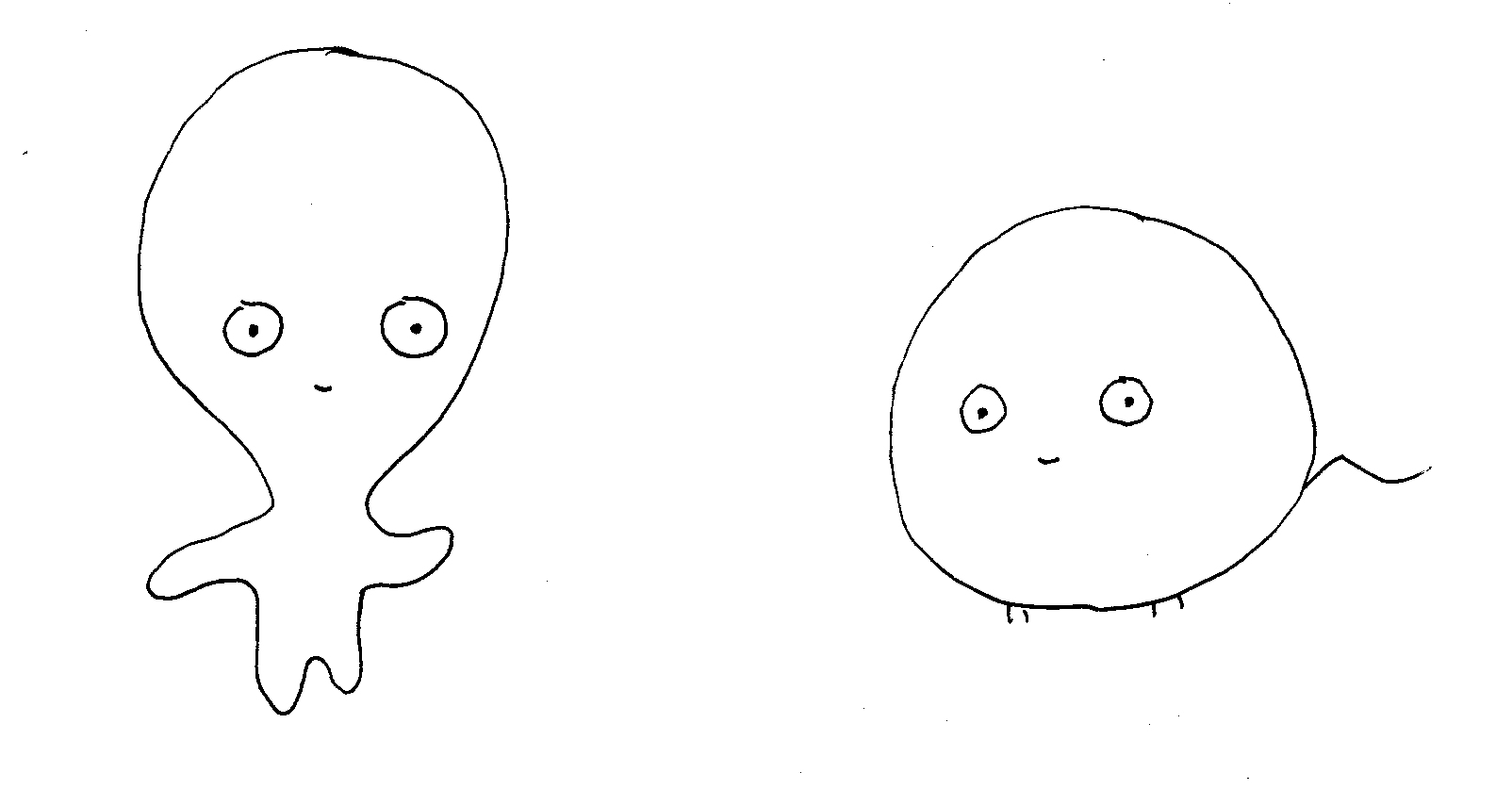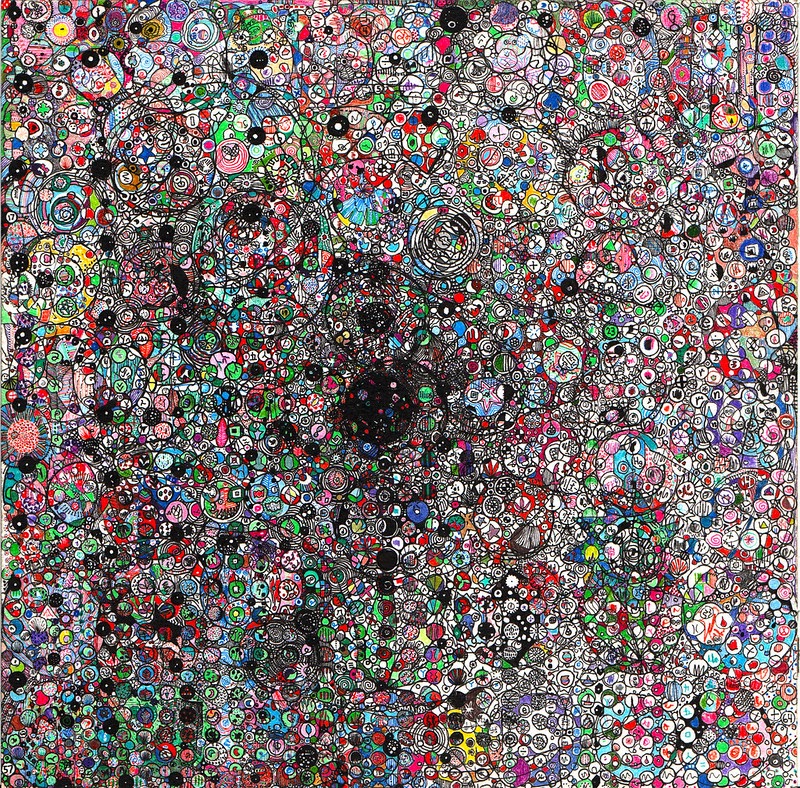Tao Lin: Mandalas
An exhibition
Ka-Vá Kava & Kratom Bar, Williamsburg
April 3—May 15, 2022
PDF | Card | Contemporary Art Library | Tao Lin
Press:
Sean Tatol, Manhattan Art Review, April 5, 2022
Dean Kissick, Spike Magazine, May 12, 2022
Montez Press Radio: Mandala Talk with Tao Lin & Nick Irvin, April 29, 2022
“I was beginning to change—happier, more interested in things—this afternoon, I could feel. It’s incremental change in one direction every day, because I’m recovering from 10-20 years caffeine, 4-7 years other drugs etc. So it will lead me somewhere new and unfamiliar. This is how I can get out of my life. This is how life can be exciting and interesting again. This is how my life, after 30 years, can slowly adventure into the unknown, instead of stalling here.”
– Tao Lin, Trip: Psychedelics, Alienation, and Change (2018), pp. 63-64
“In [Apartment] 4K, he turned an eight-by-eight inch paper ninety degrees thrice, seeing four iterations of an in-progress mandala. ‘Which one makes me feel the least lonely?’ he thought with loneliness-reducing amusement and stimulation. He’d been drawing mandalas for fourteen months, transculturally occupying himself for up to ten hours a day, which had been good for recovery.”
– Tao Lin, Leave Society (2021), p. 30
Tao Lin has drawn mandalas since February 2014. To date, each mandala has been an 8-inch square of paper populated by many hours’ work of meditative line and color. They are ambivalent toward upright orientation: Lin rotates the mandalas as he draws them, preferring radial patterning over compositional hierarchy. Their dense, fractal buildups reward contemplation that oscillates between levels of detail, as Lin has described it, “like veins in leaves.”1
Early on, Lin sold a few original mandalas via eBay, but at this point he keeps the originals for himself, his family, and friends. He sells actual-size print reproductions through his website, and for the run of this exhibition, through Ka-Vá Bar. This is the first public presentation dedicated to the mandalas.
The beginning of the mandalas coincided with changes in Lin’s way of living, which he has described at length in his writing as “recovery”: away from alcohol and synthetic pharmaceuticals, and toward naturally-derived psychedelics (including kratom); away from “think[ing] of his body as a small, swamp-like thing, where anything could be tossed without concern because it’d disappear into the overall stew of him,” and toward “view[ing] his body as an enormous city in which each molecule [...] would not be absorbed into the murky bog of him and be forgotten, but would have a concrete effect on the molecular life of him during its life-span”;2 away from writing which represents existentialist alienation, and toward writing which pursues “awe,” “the mystery,” learning, and a re-enchanted engagement with the world and its various inhabitants. His most recent novel, Leave Society, dares to conclude with an uptick of feeling, a genuinely happy ending.
Lin’s conception of recovery, like the mandalas, is fractal: it is aleatory, stochastic, and proceeds in waves, where advances and missteps fold into the overarching whole. It relies on a mixture of intuition and rigor. It is rooted in a faith in the ability to change.
- Tao Lin, “Tao Lin interviewed by American Artist and Dorothy Howard”, Arachne Issue 2, Winter 2016
- Tao Lin, Trip, p. 260
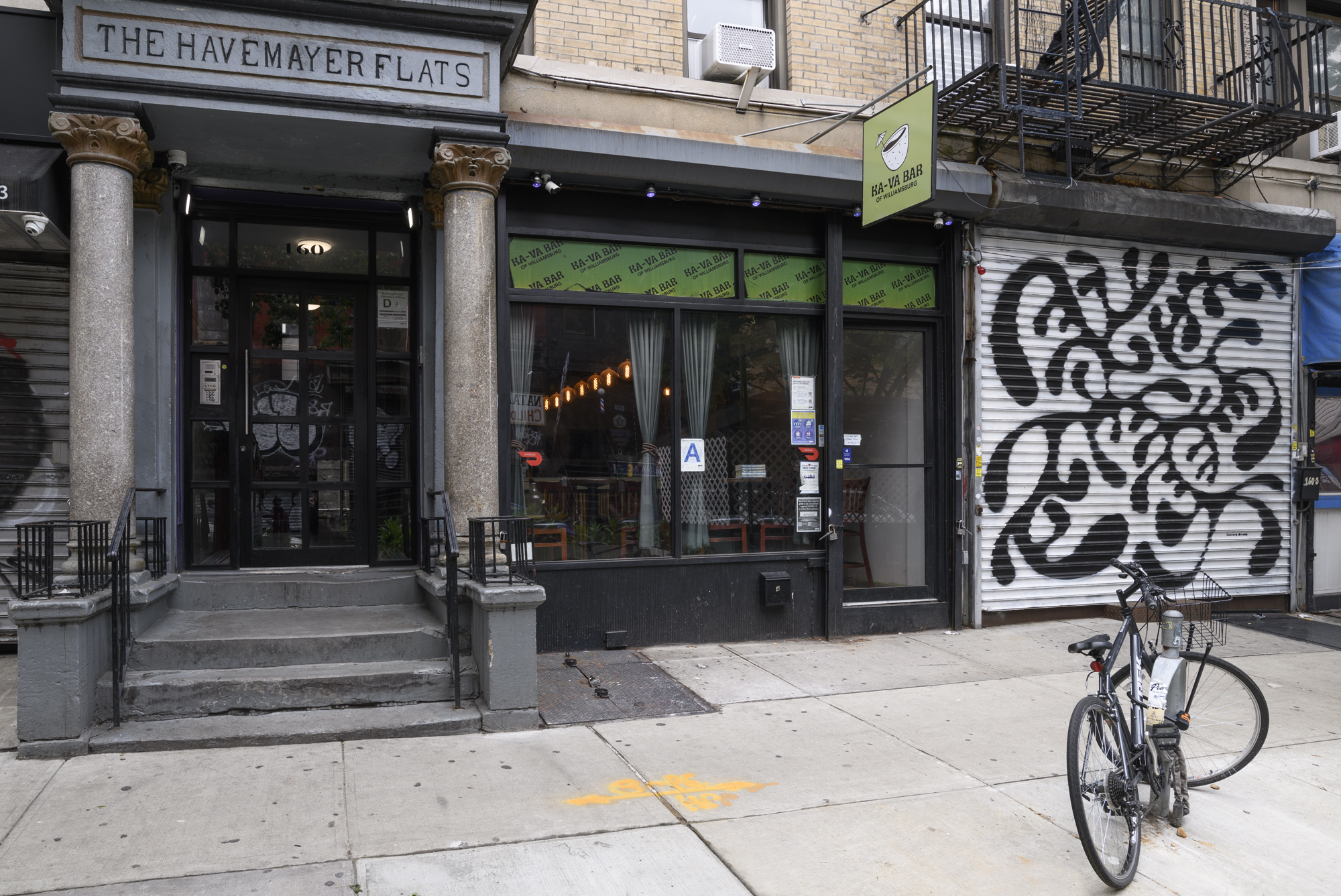
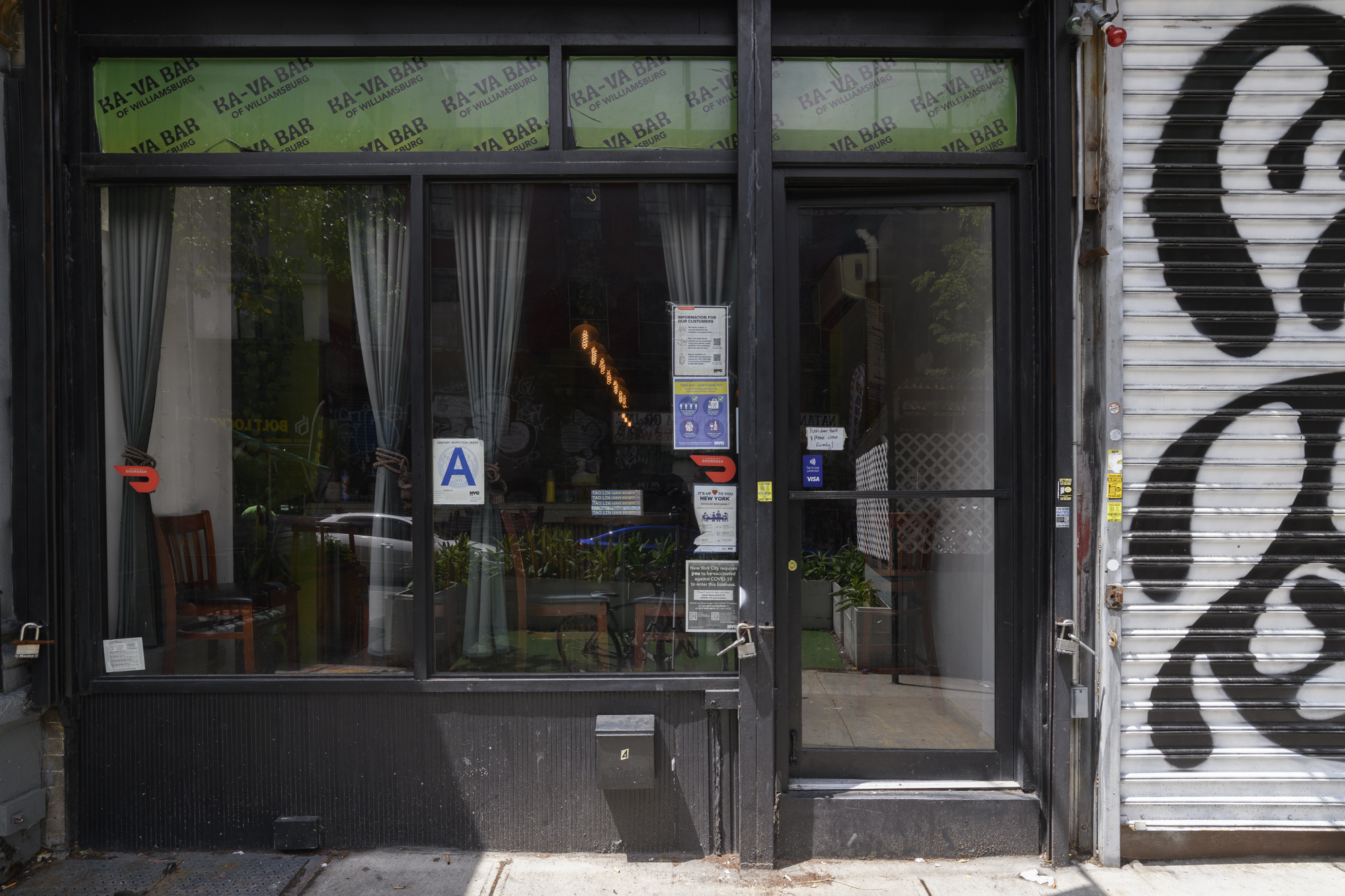
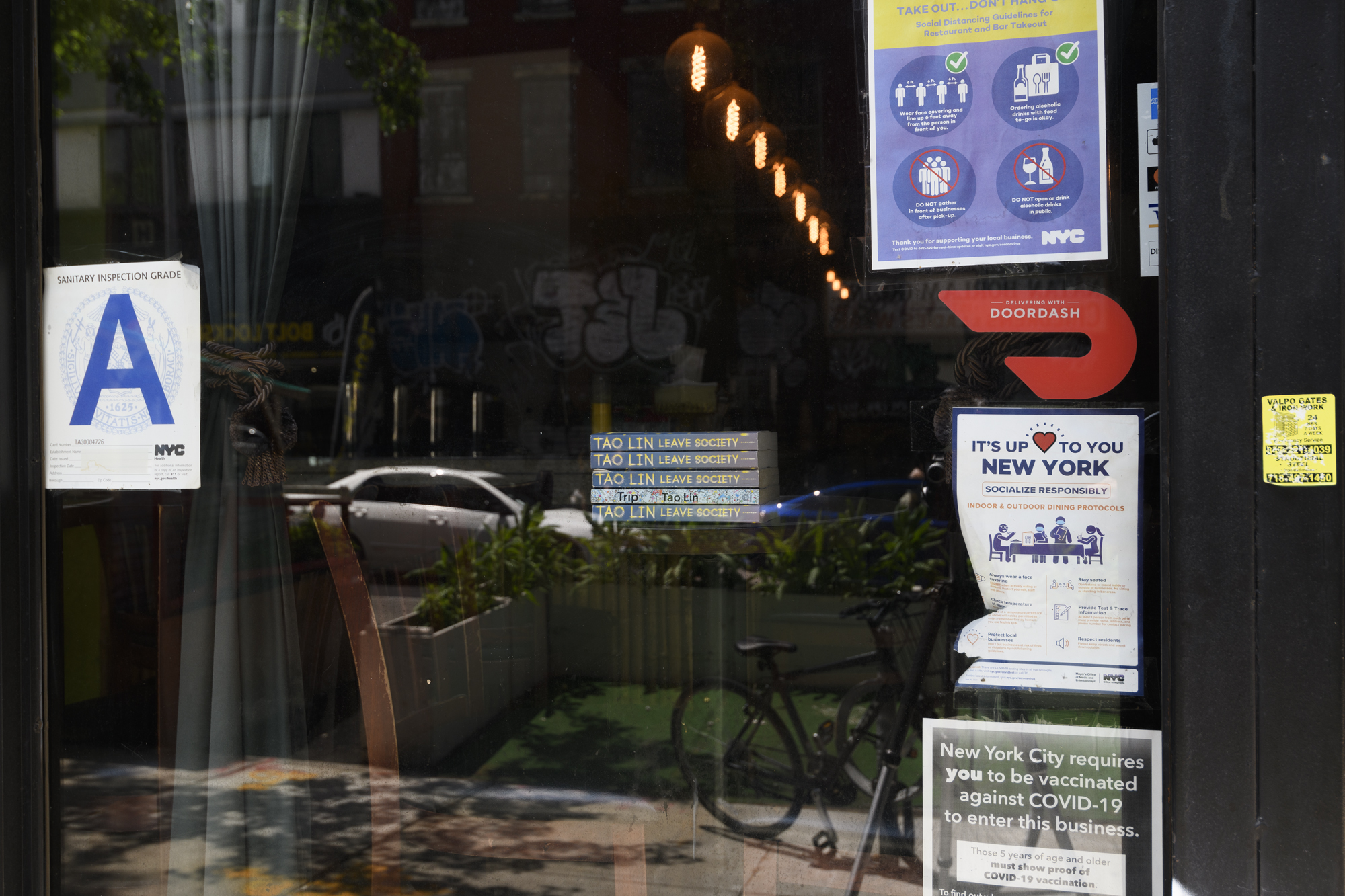
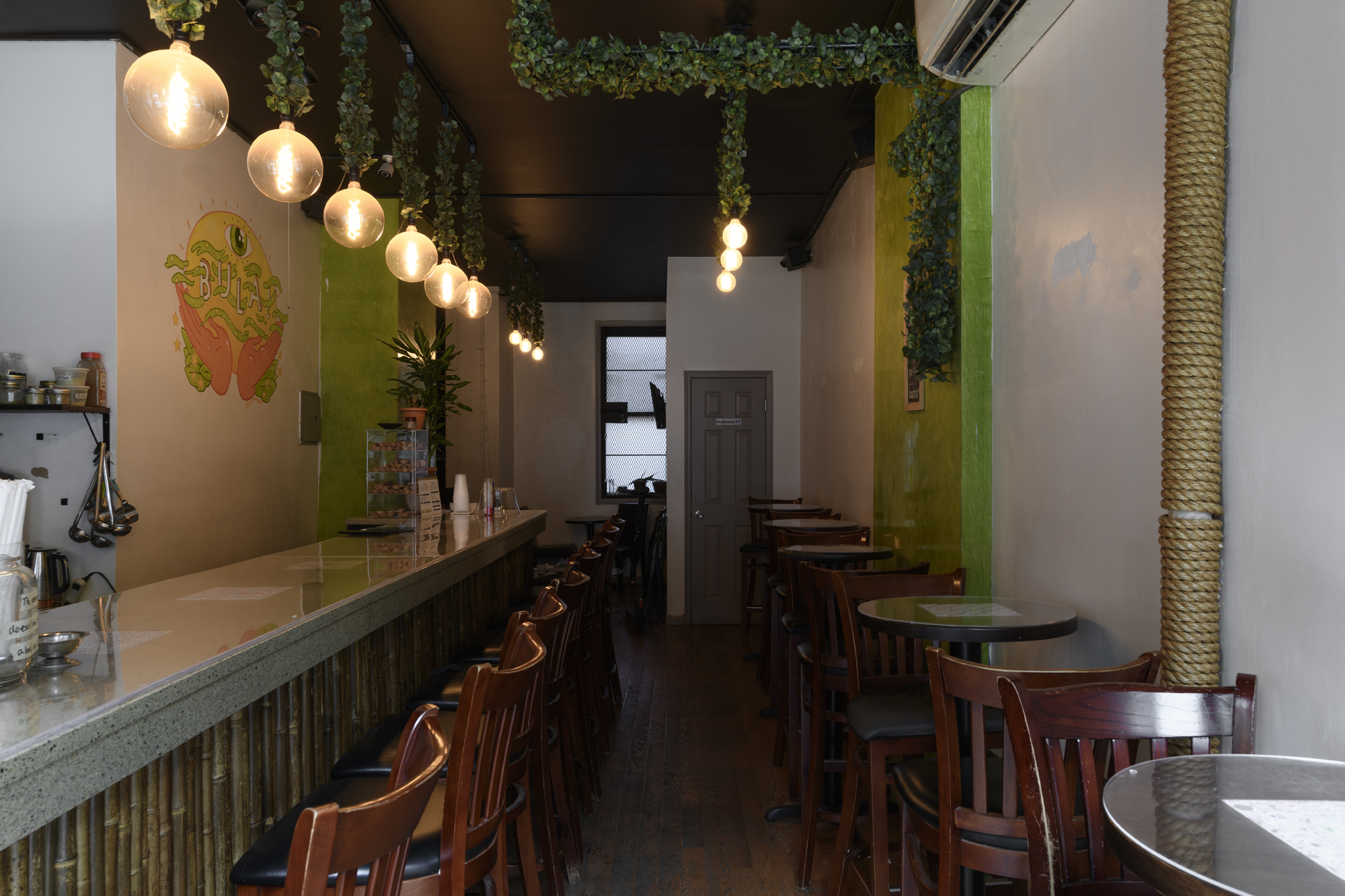

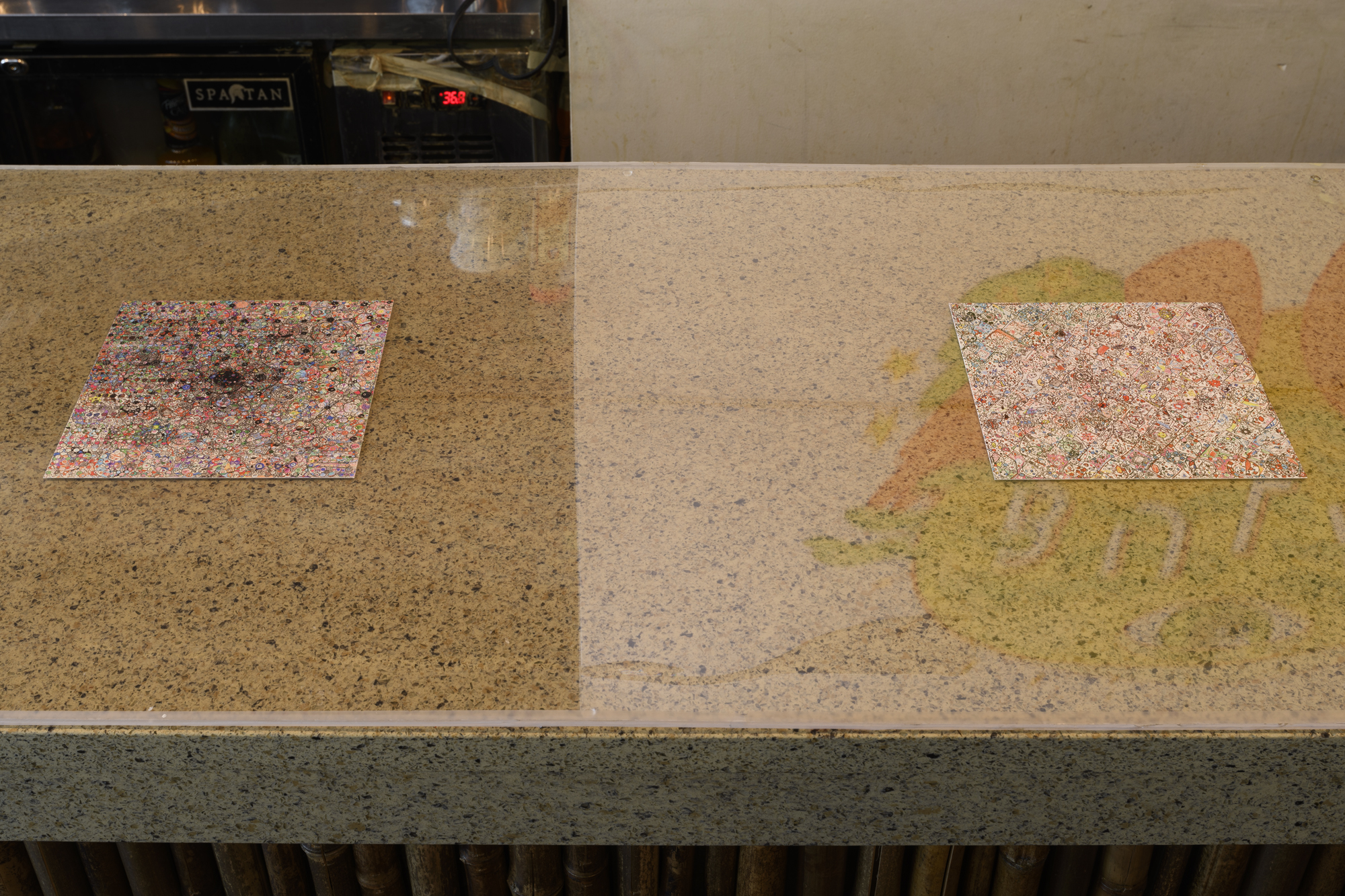
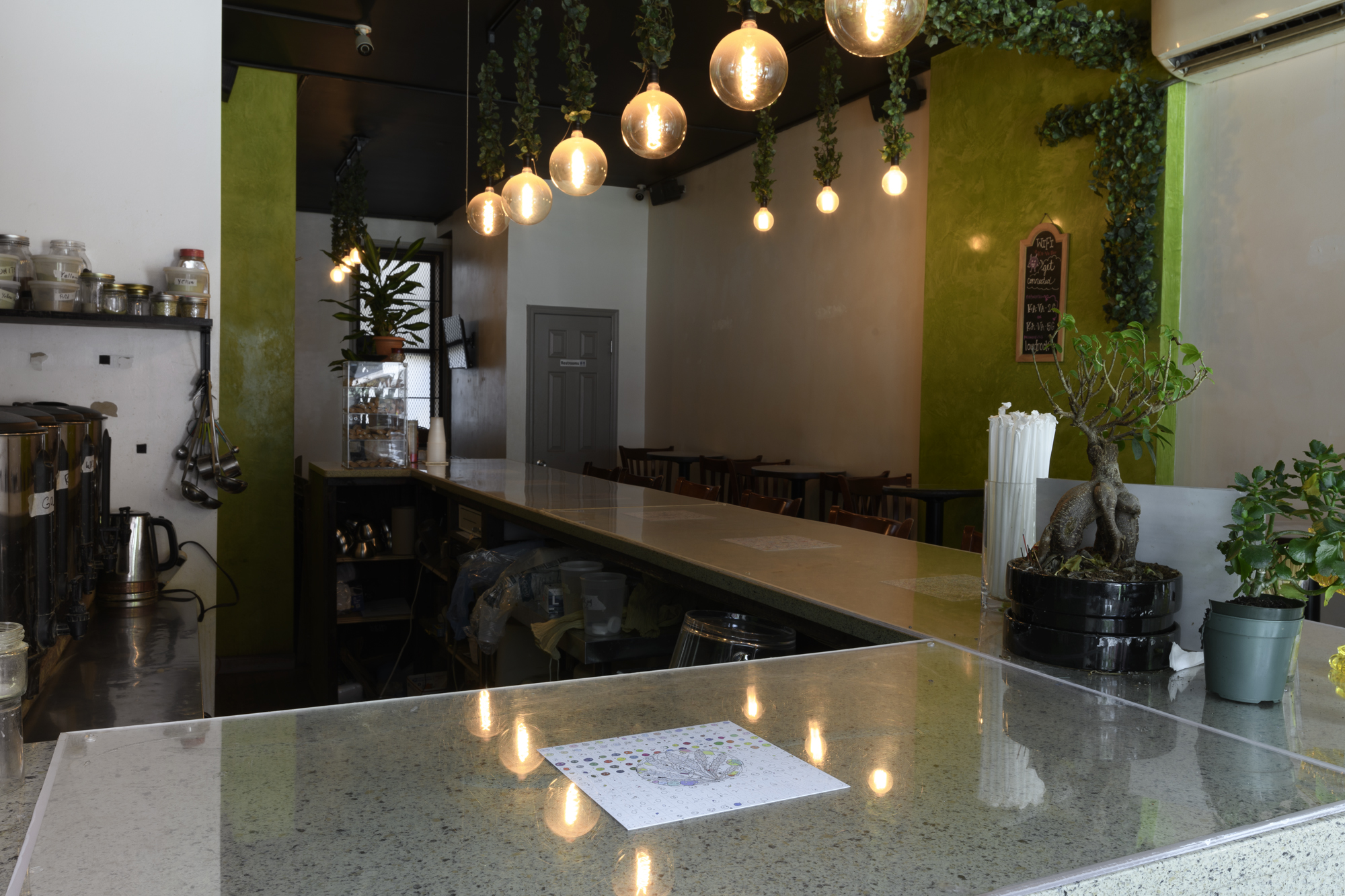
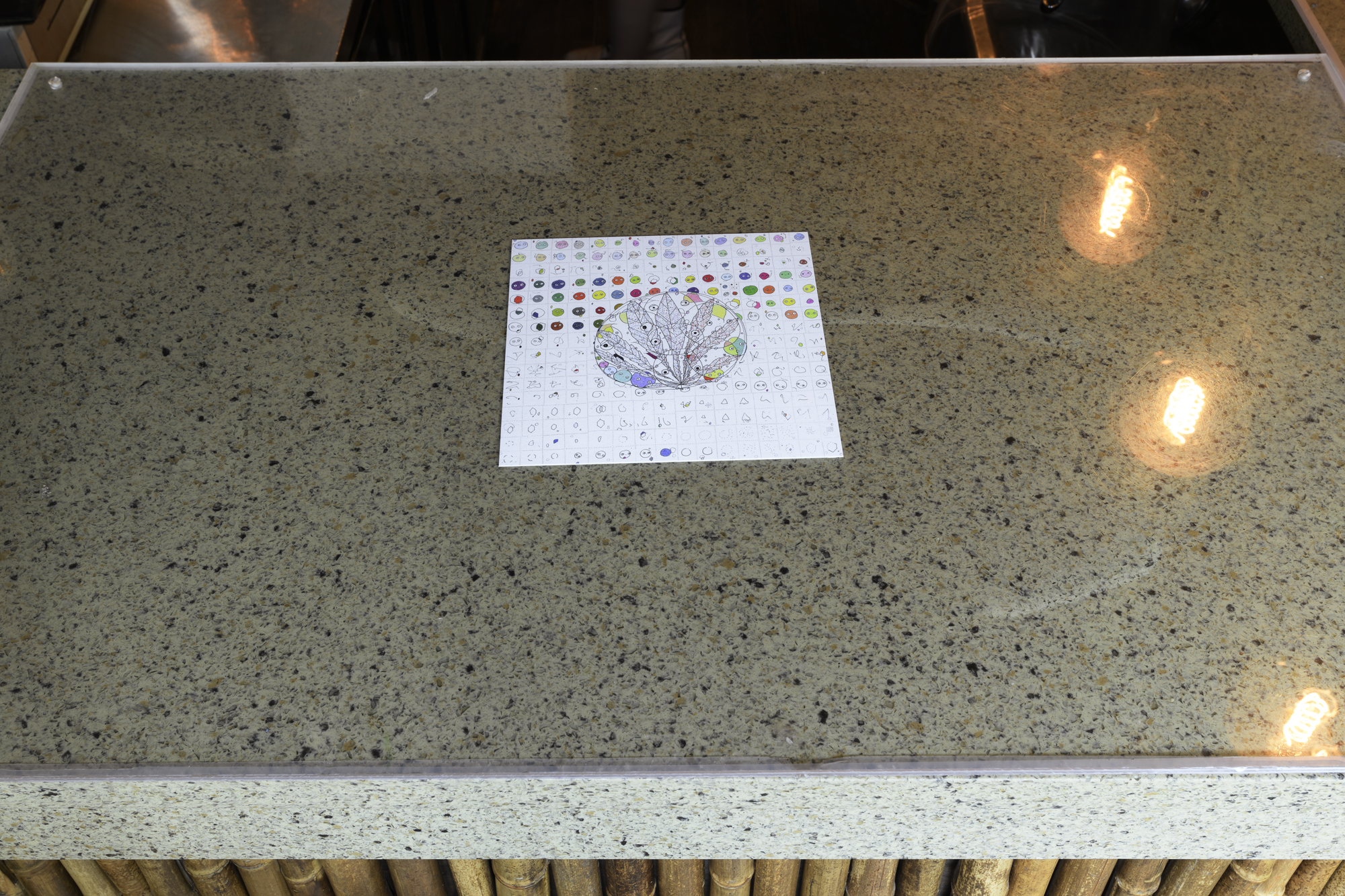
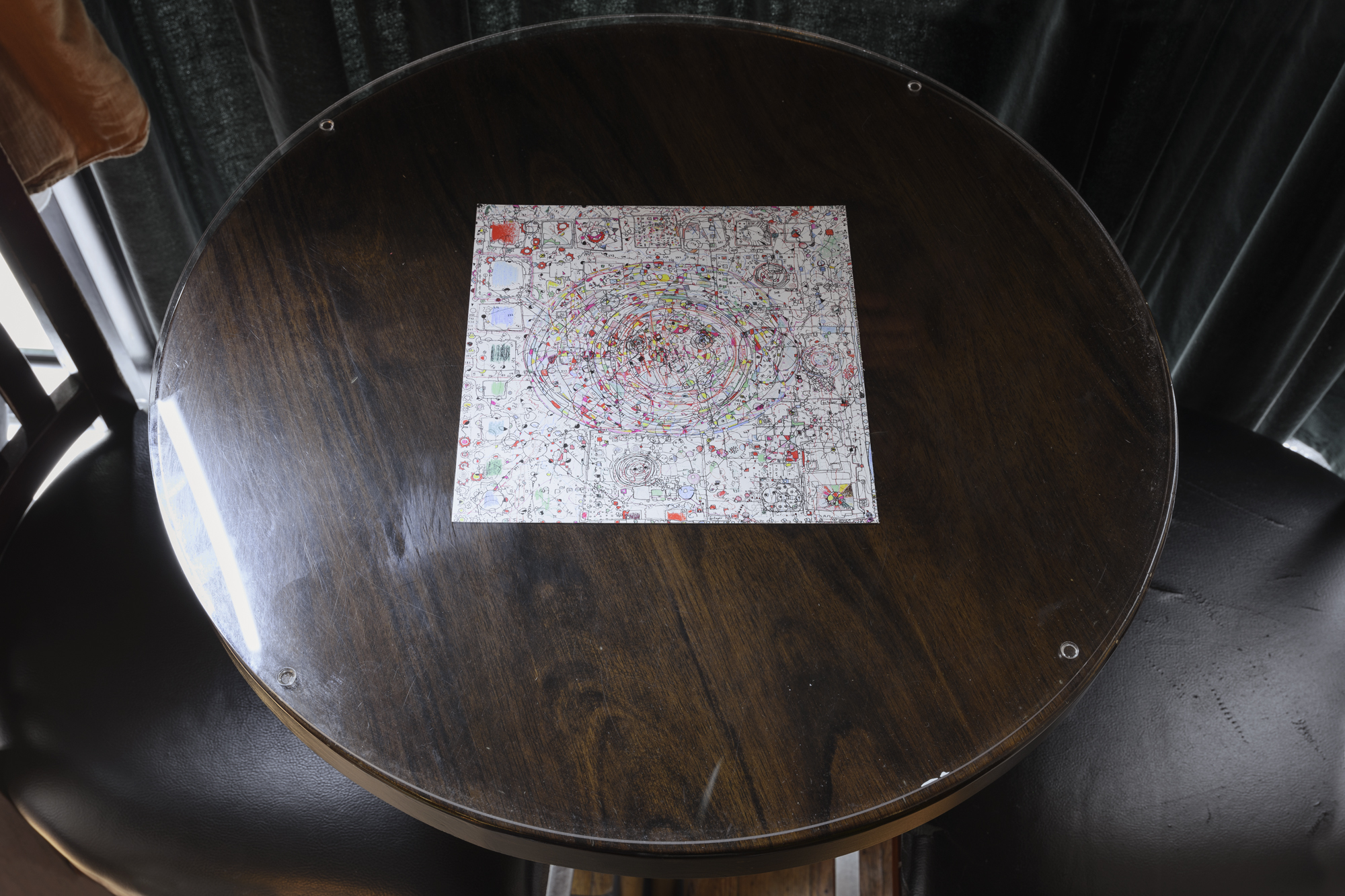
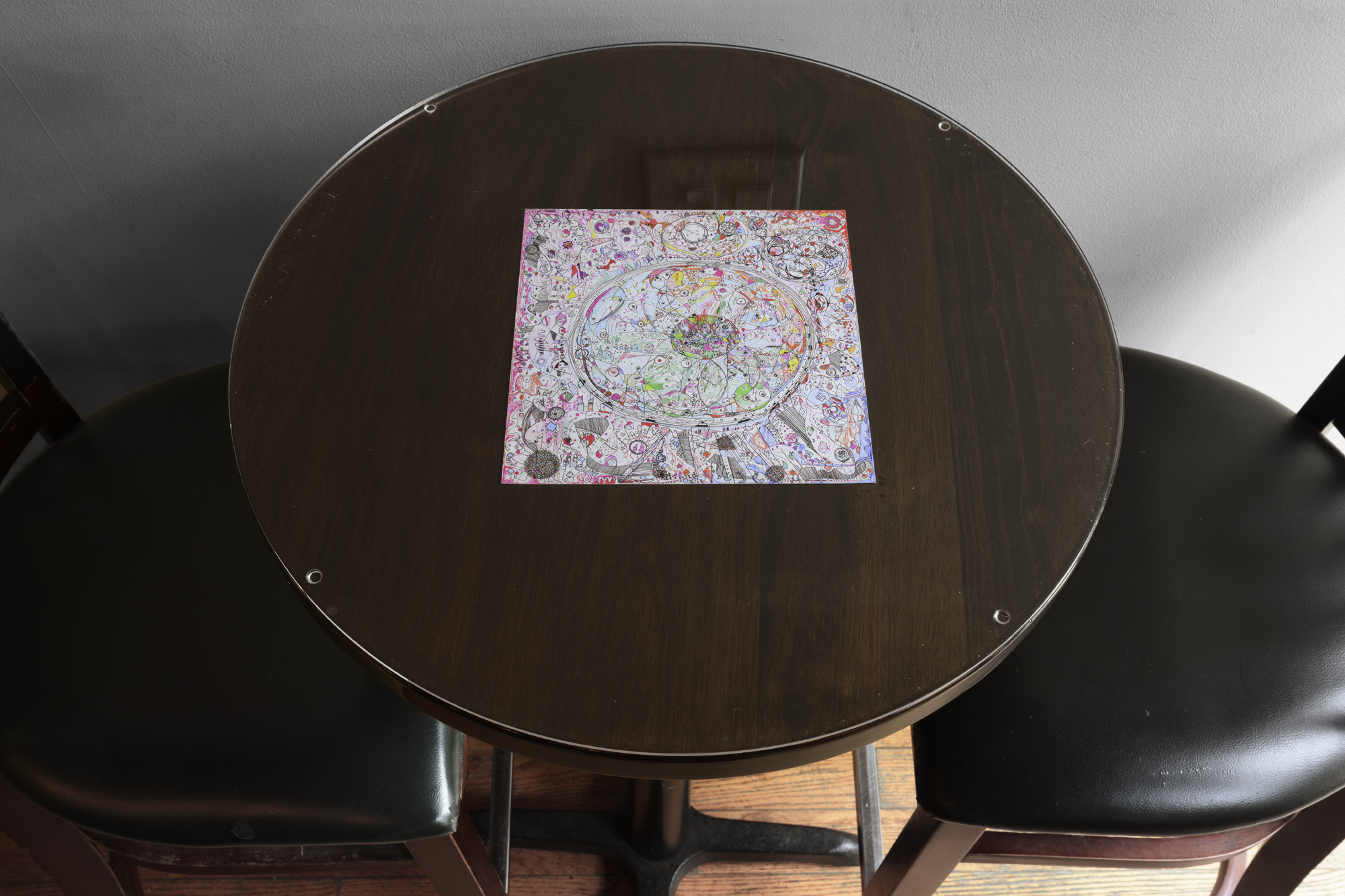
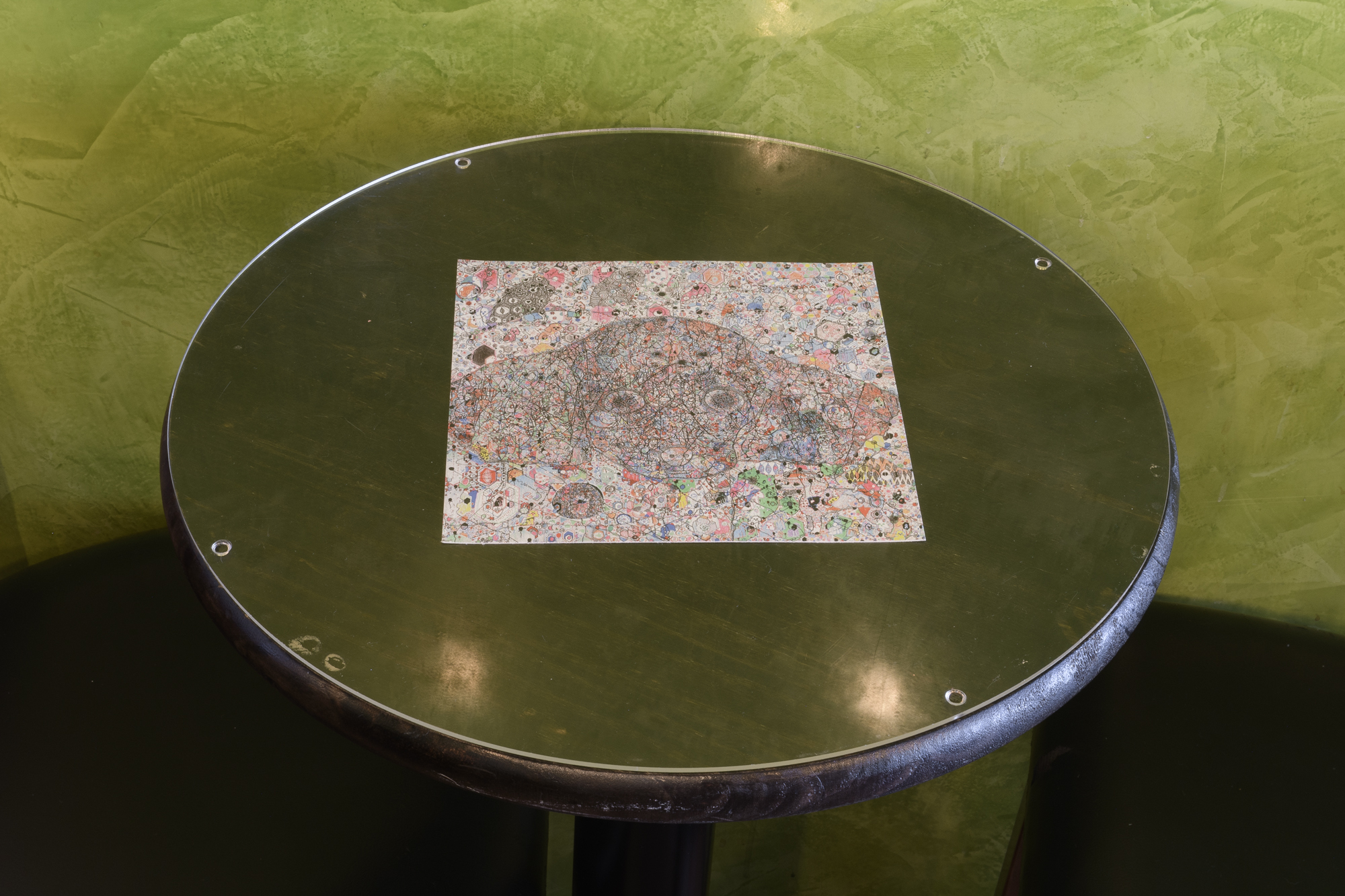
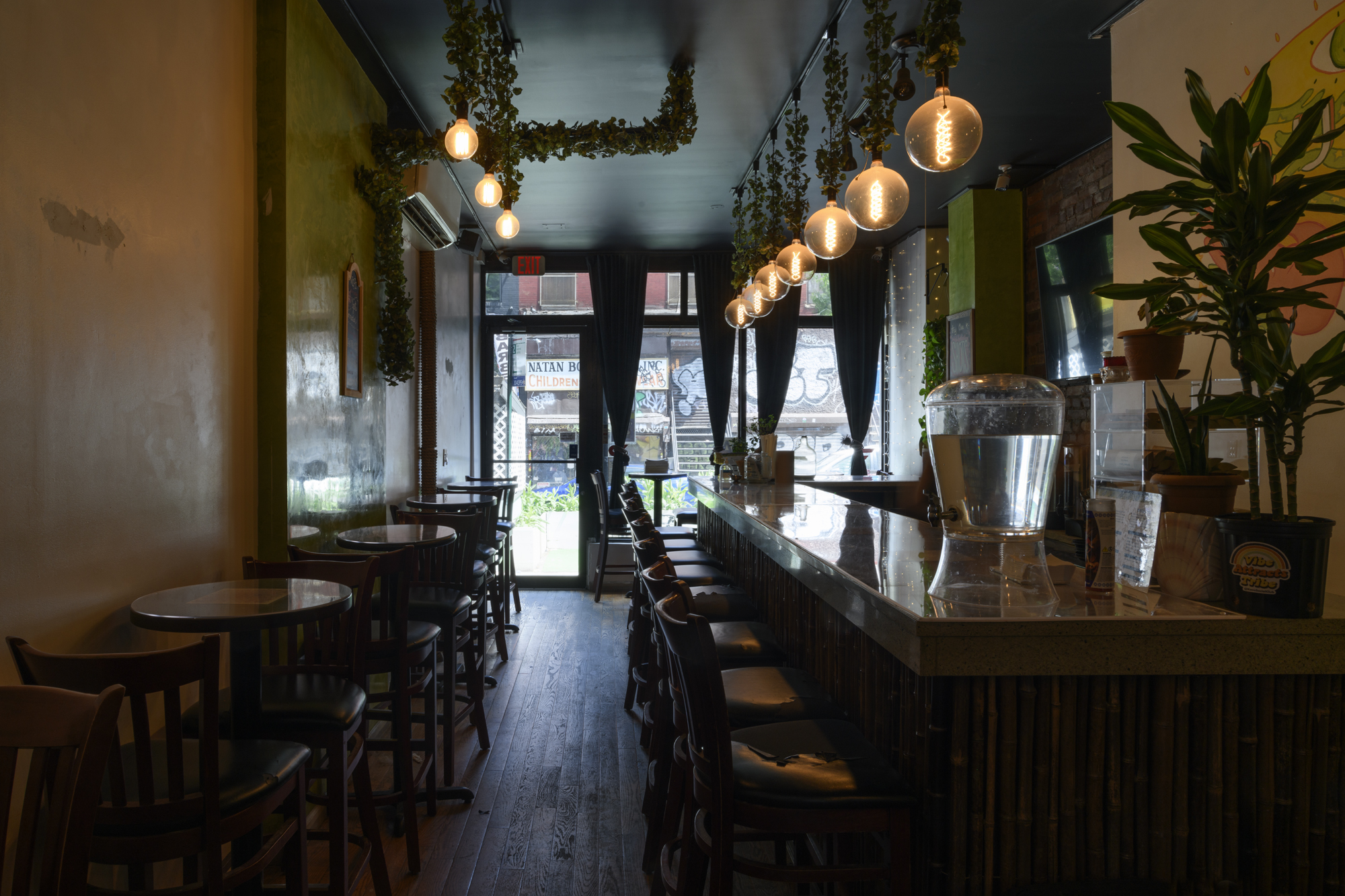
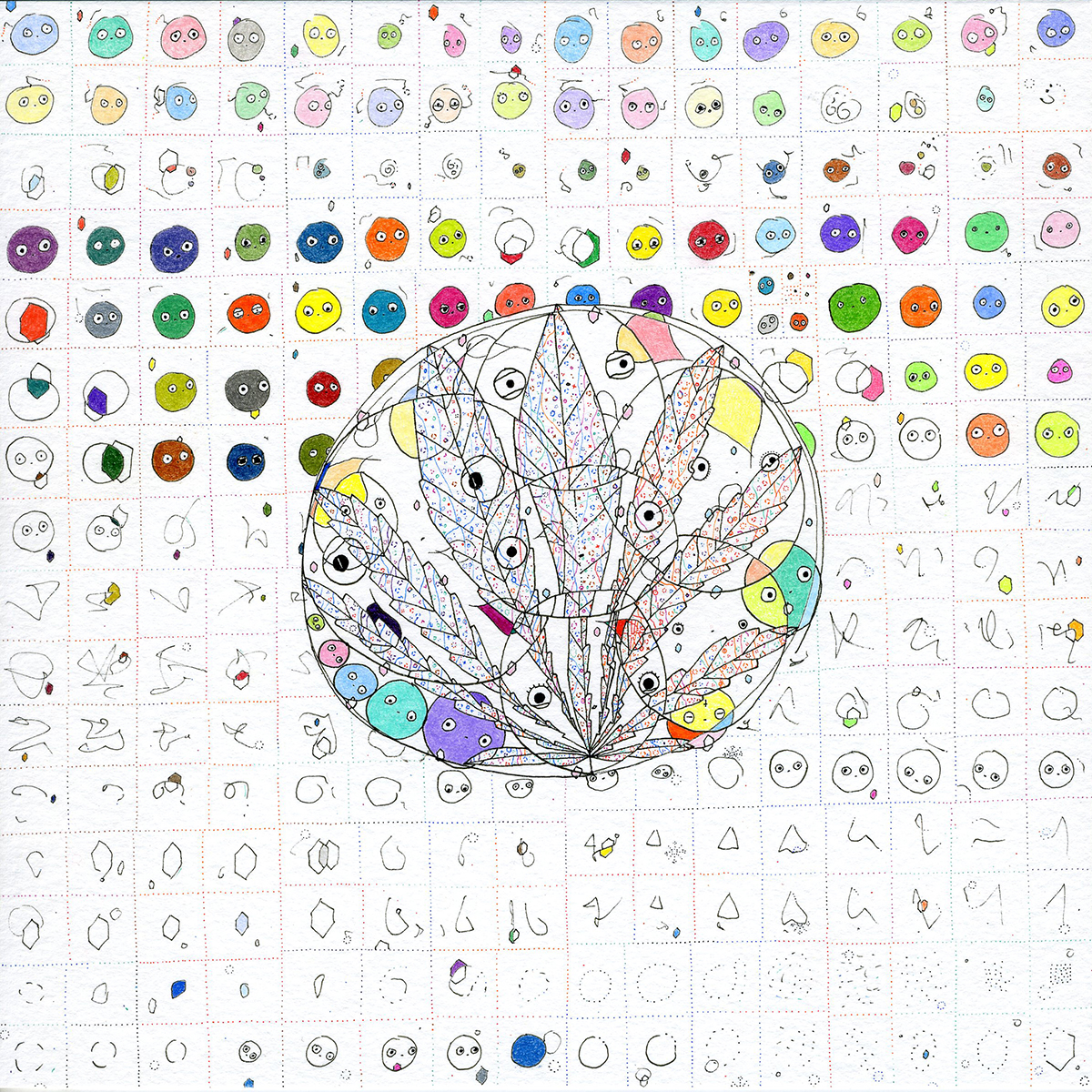
Cannabis mandala, 2015
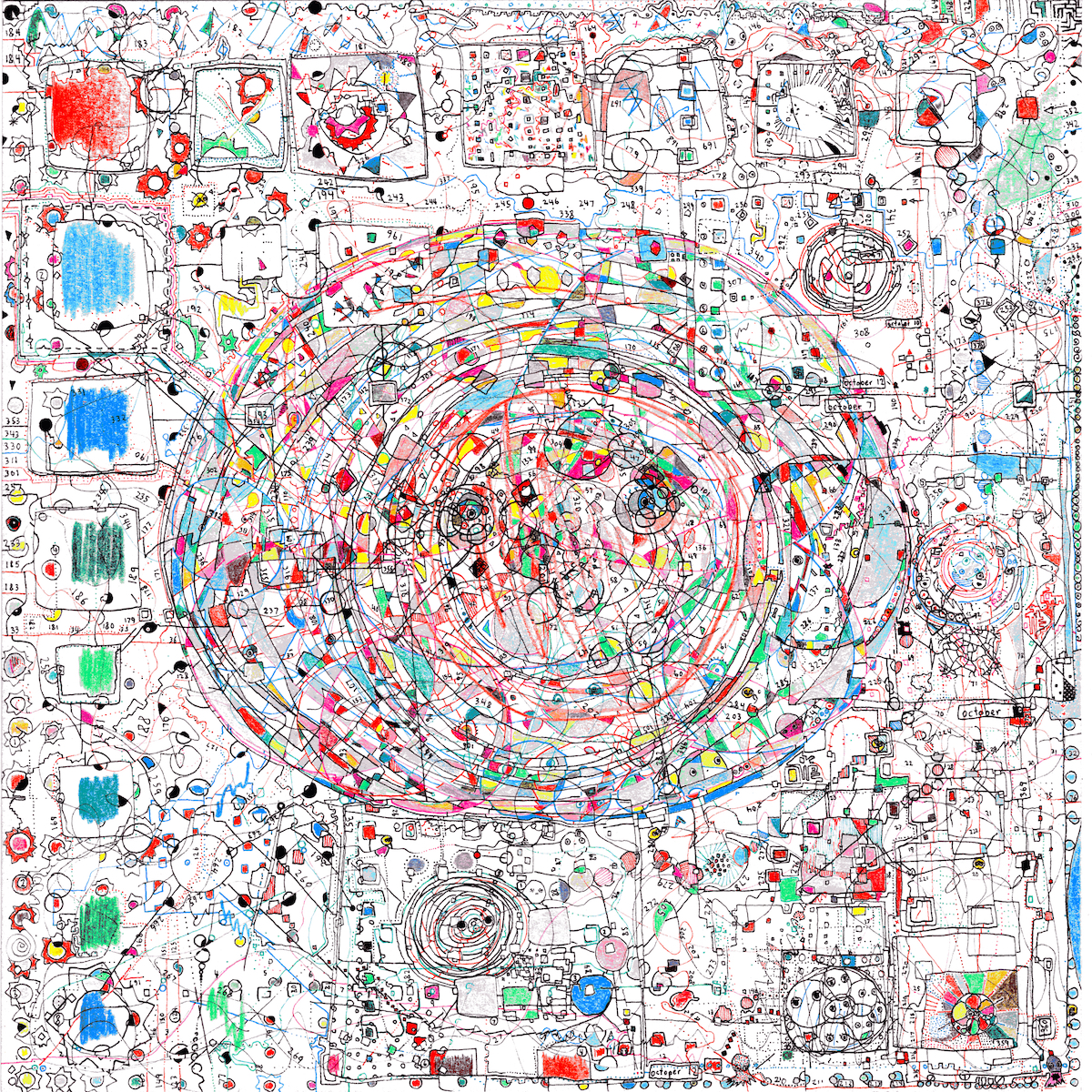
Mandala 14, 2015
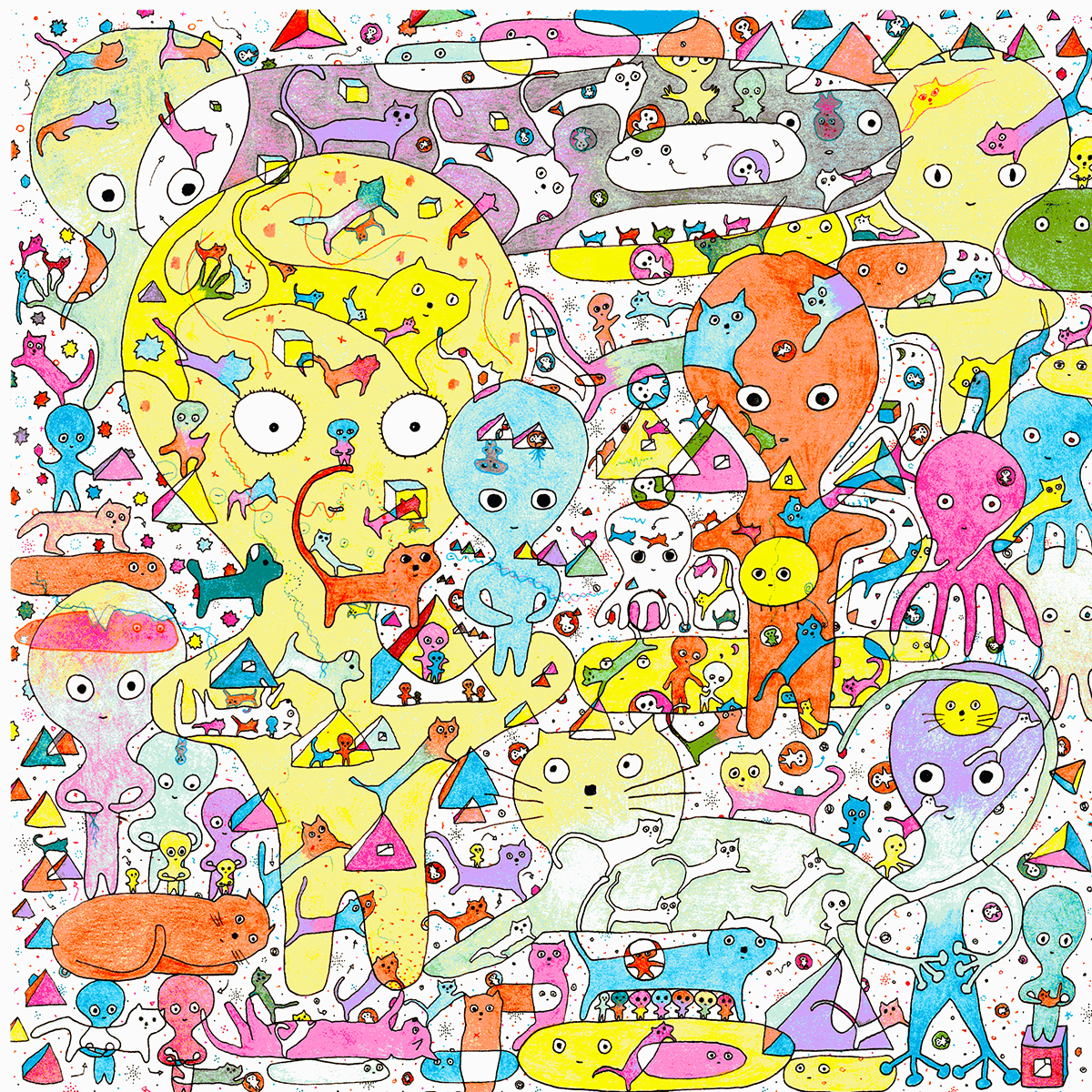
Alien-cat mandala, 2021
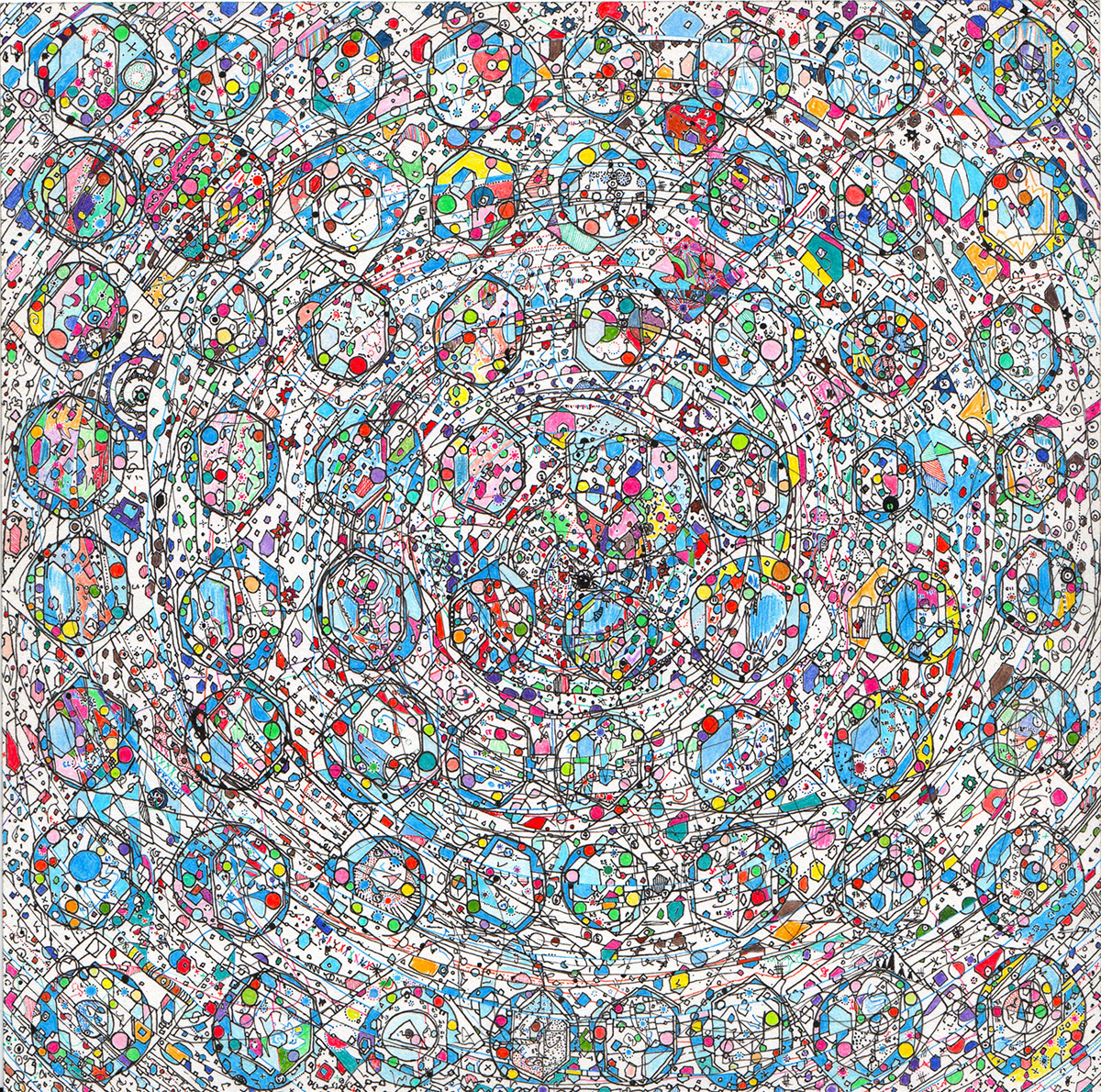
Mandala 25, 2015
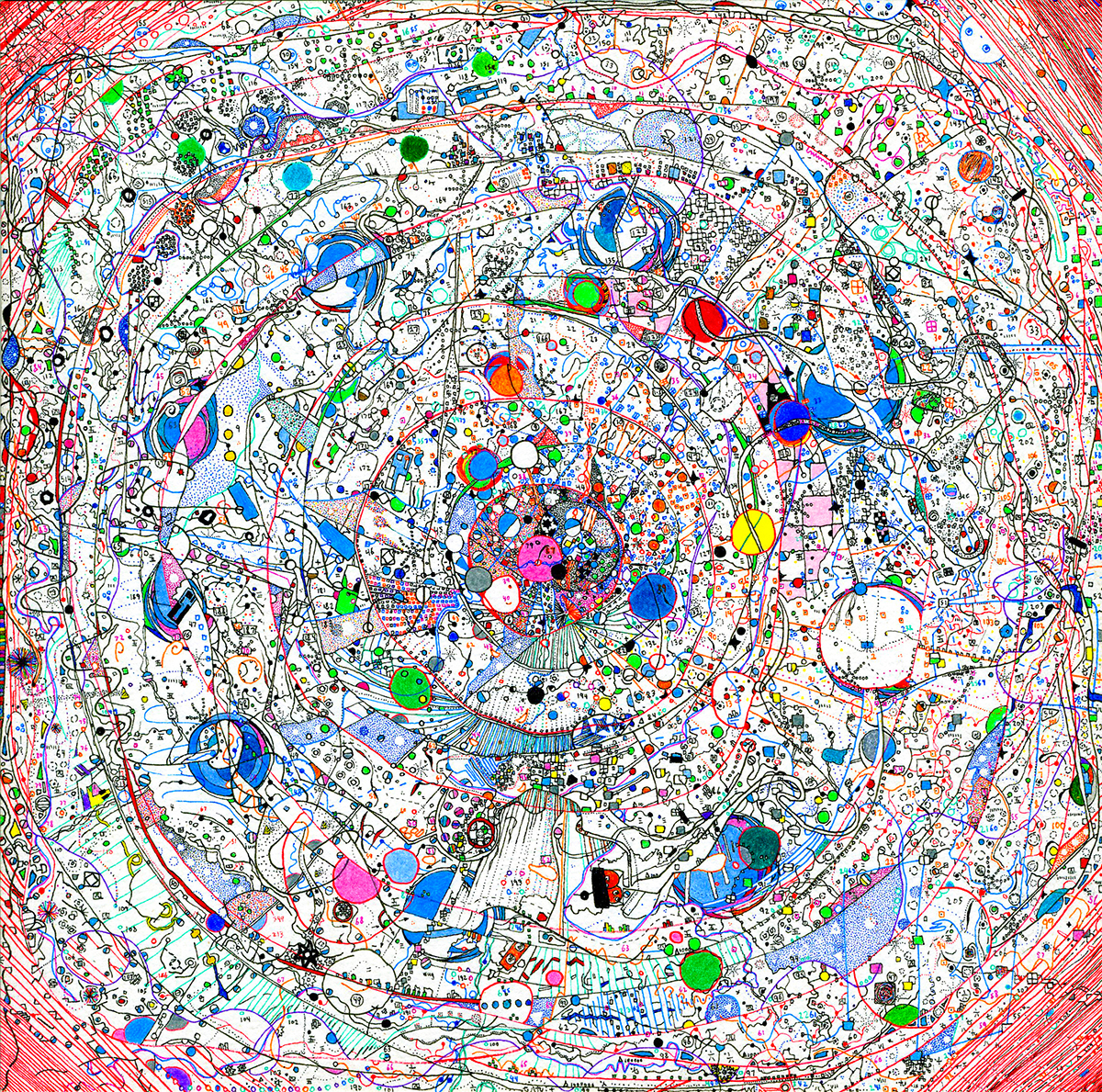
Mandala 12, 2014
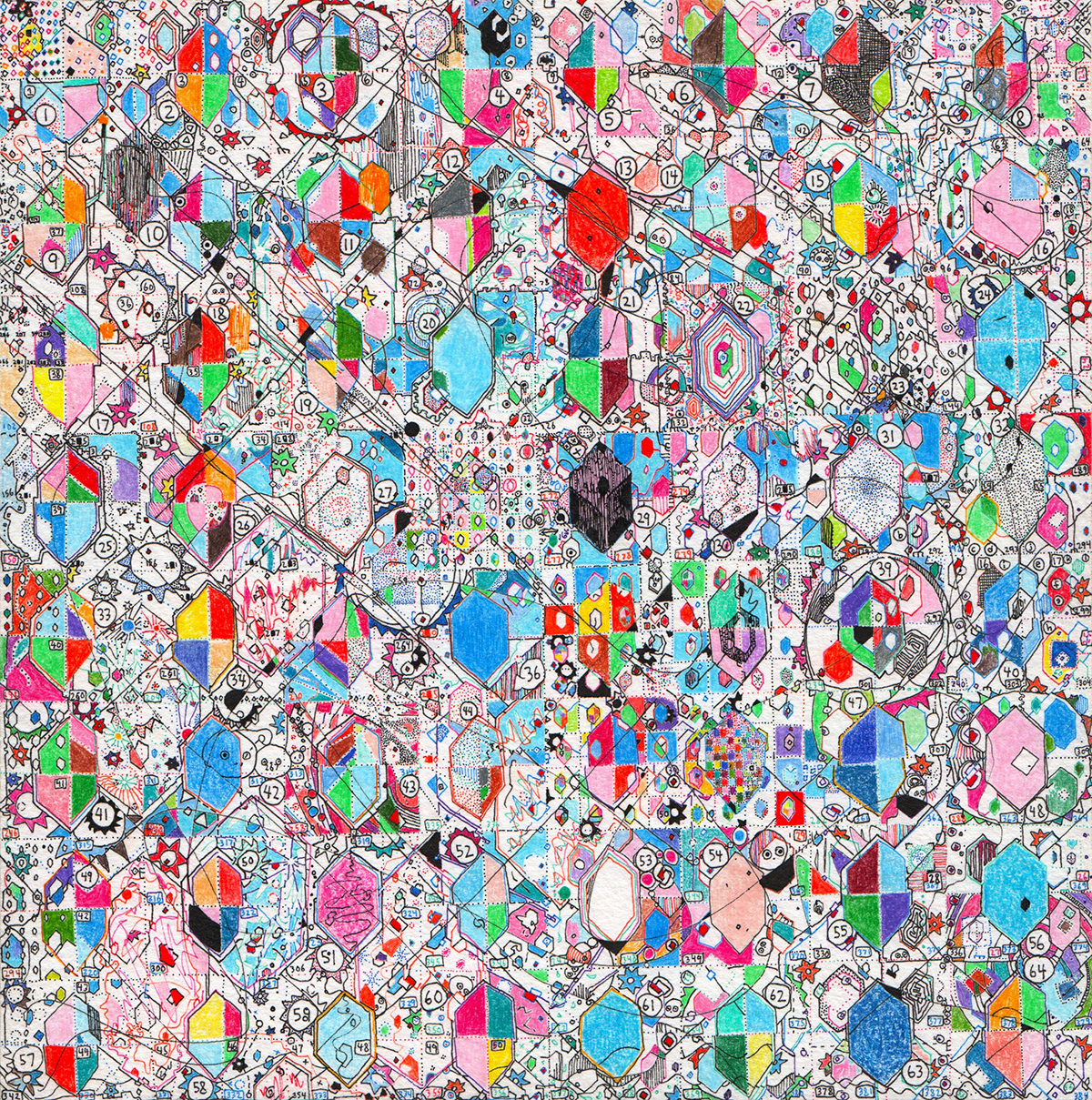
Hexagon mandala, 2015
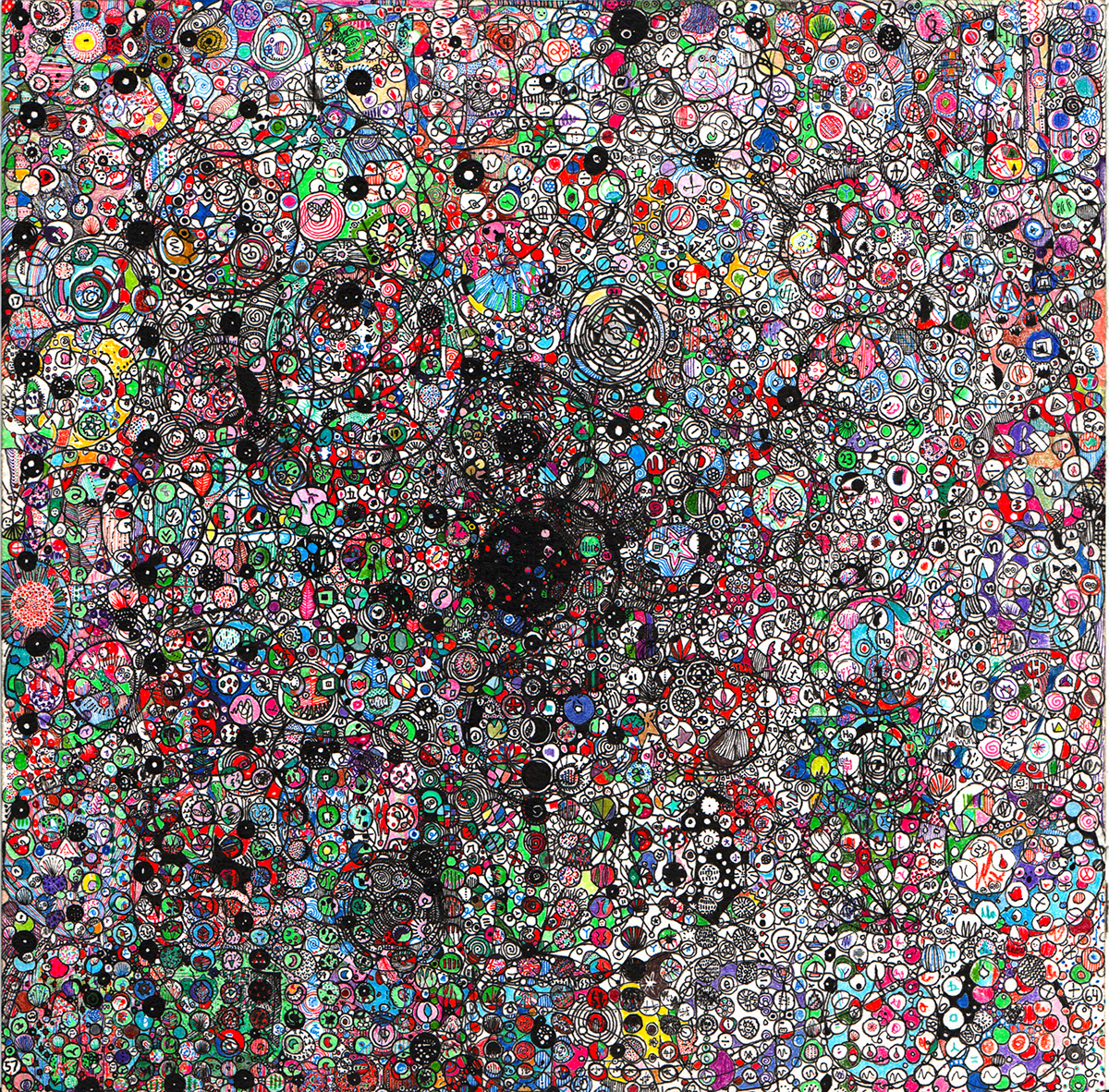
Symbols mandala, 2016
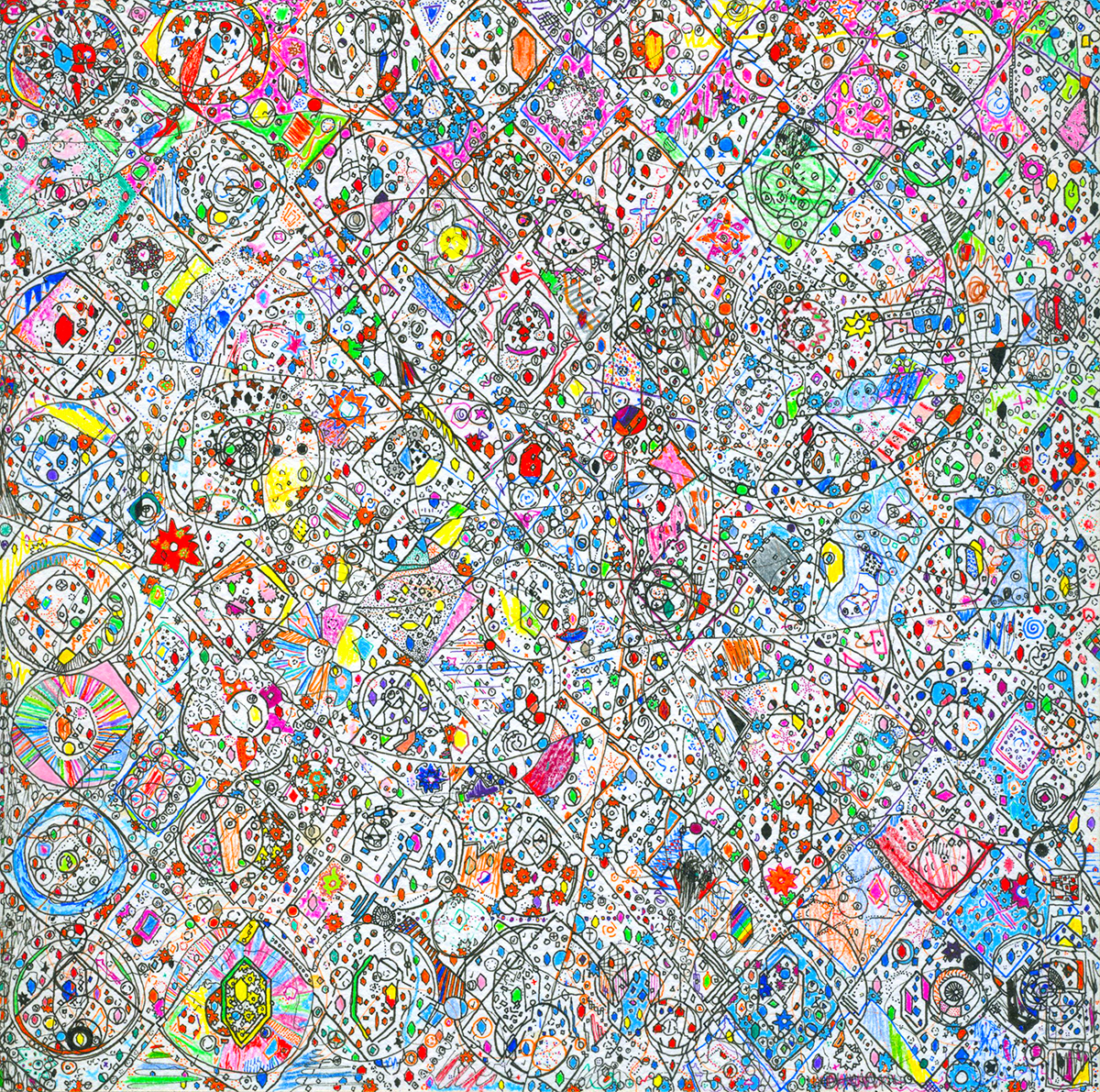
Mandala 13, 2014

Water mandala, 2015
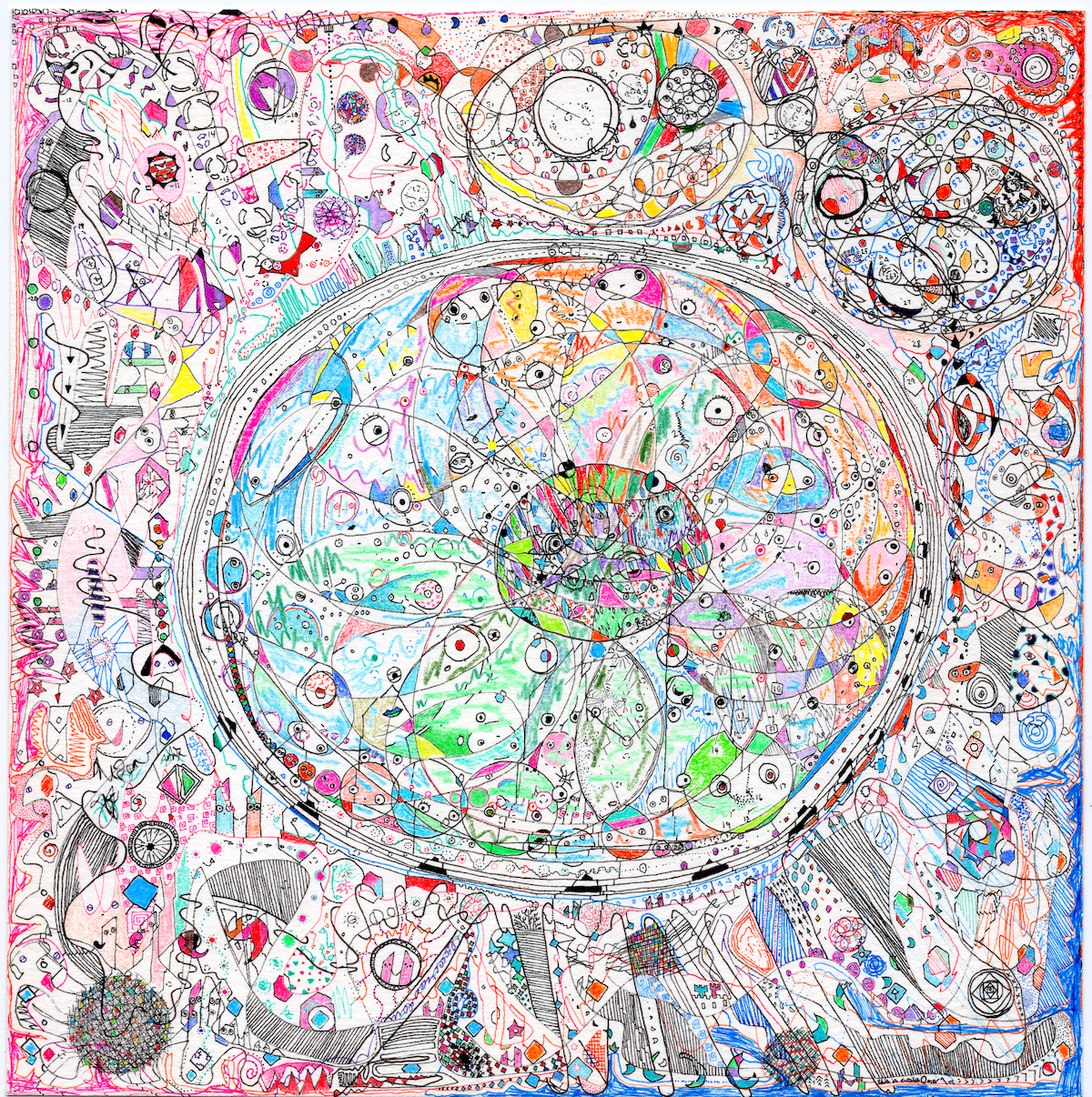
Hamster ball mandala, 2015
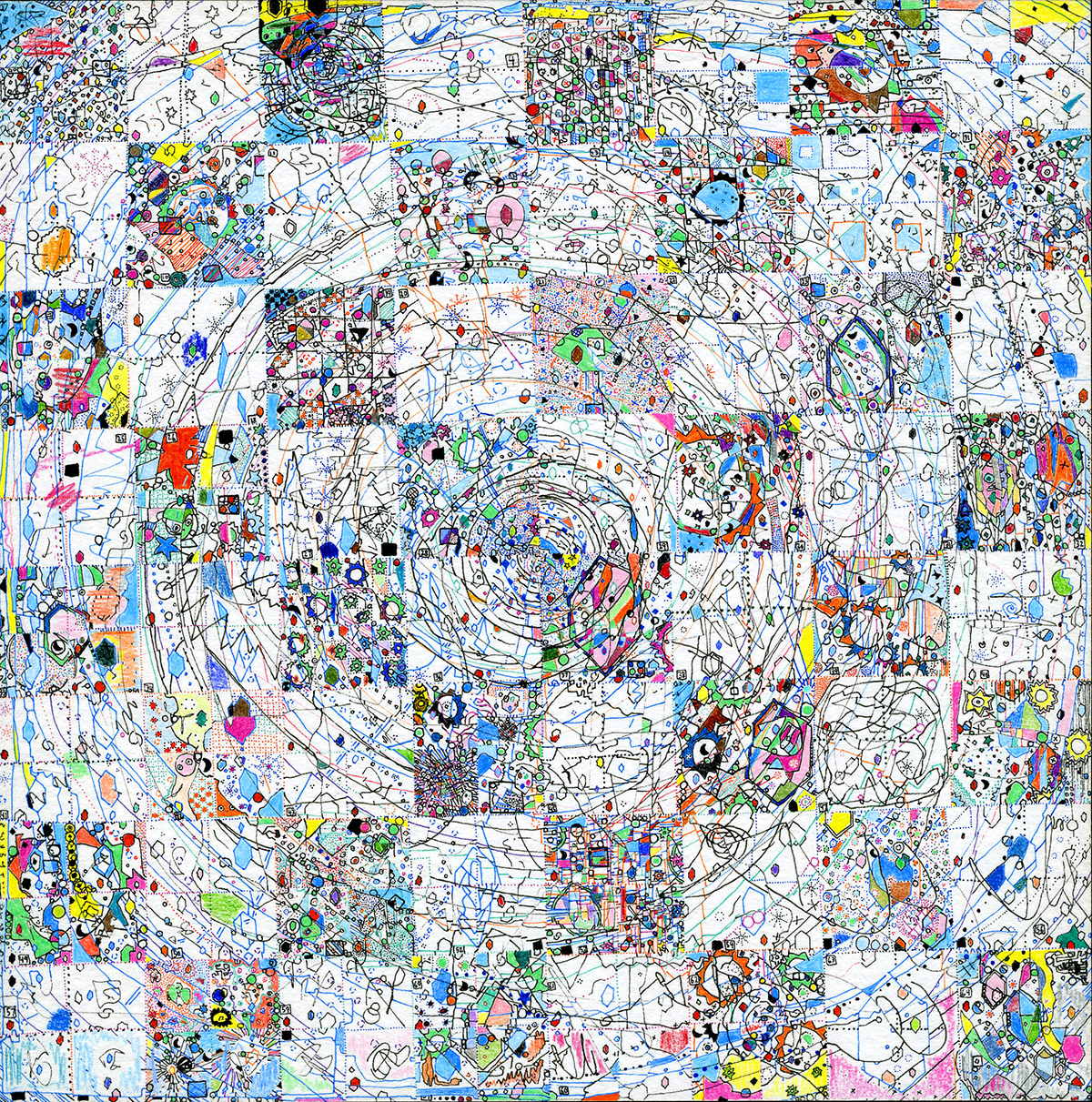
Mandala 16, 2015
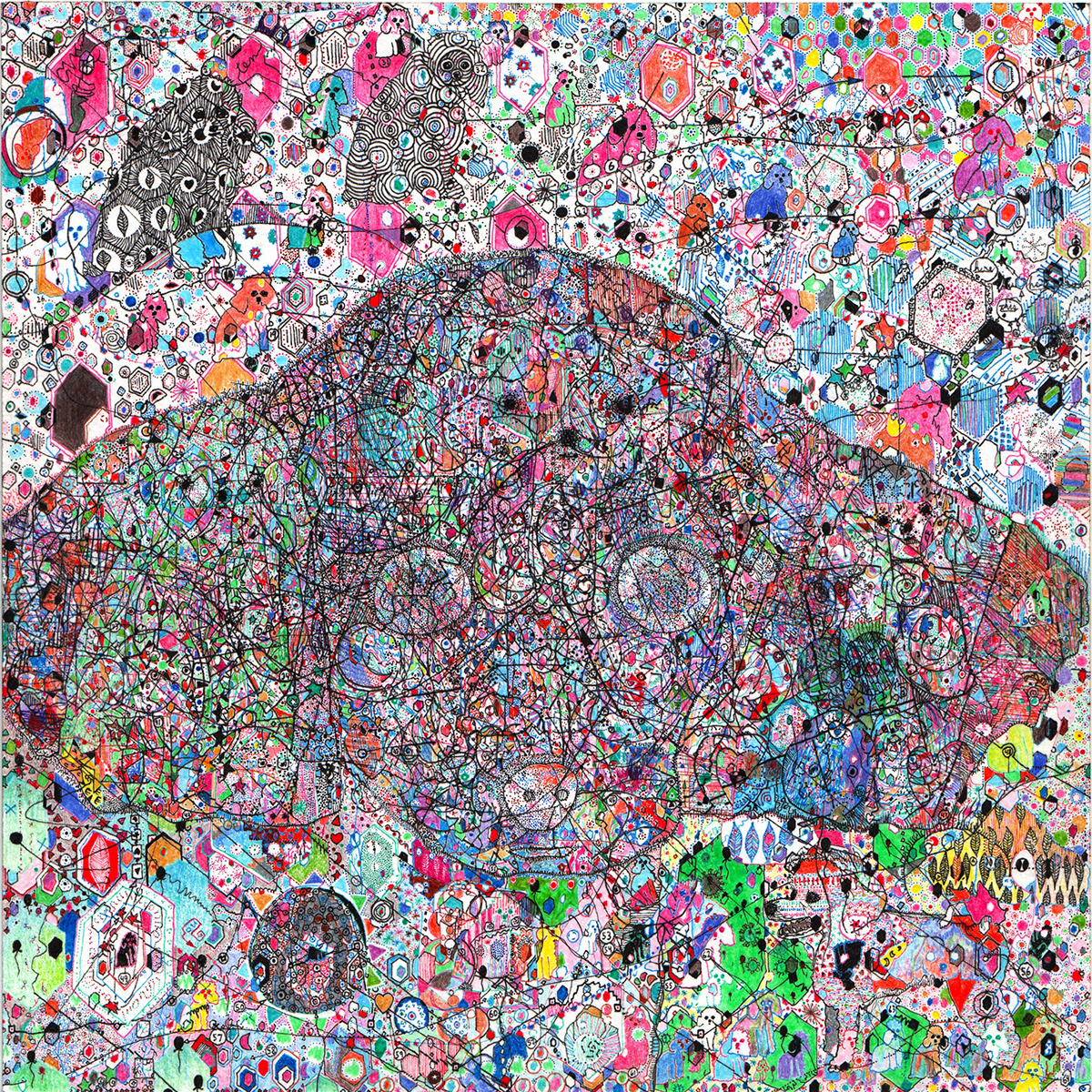
Dudu mandala, 2016
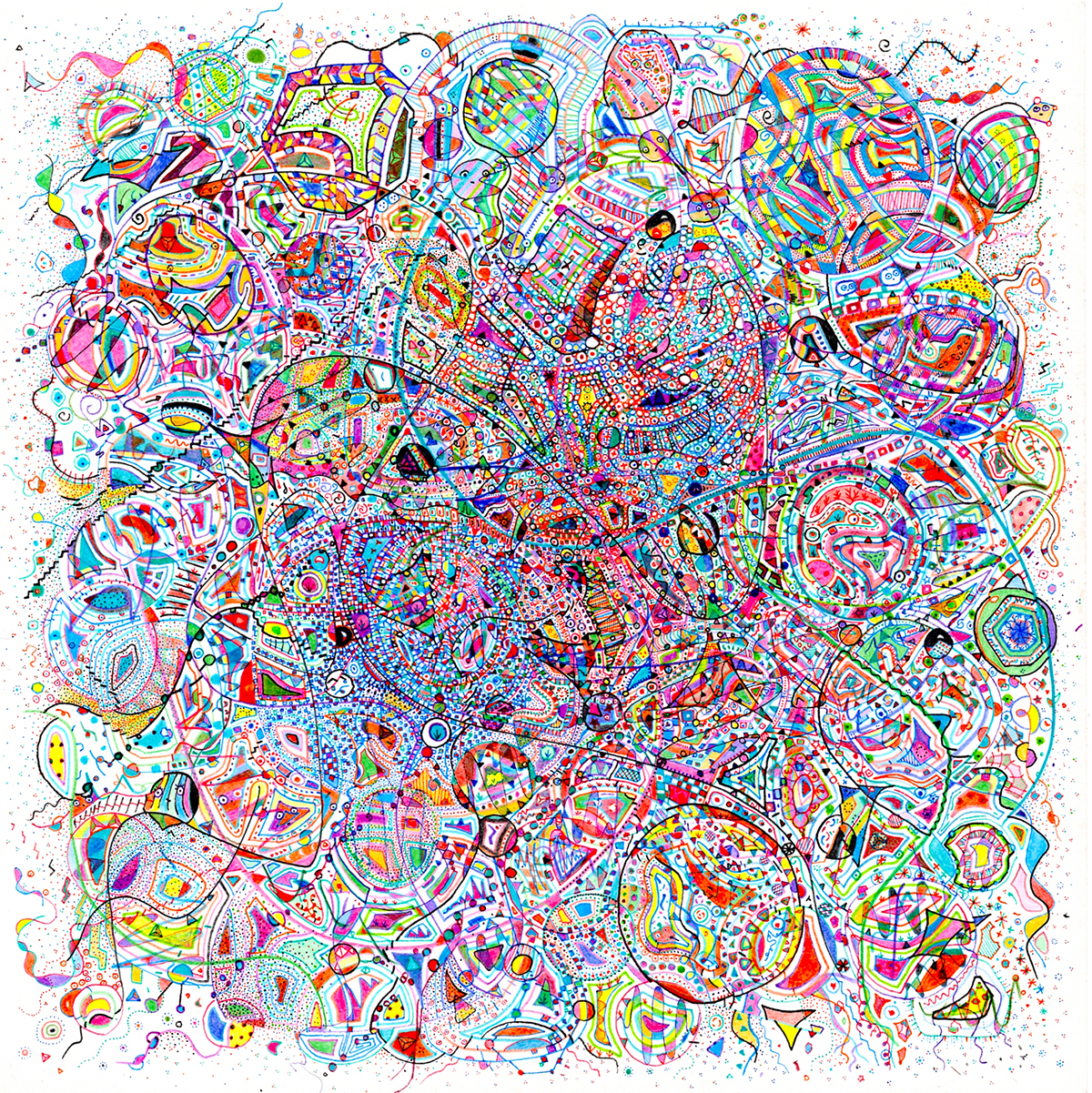
Torsion mandala, 2021
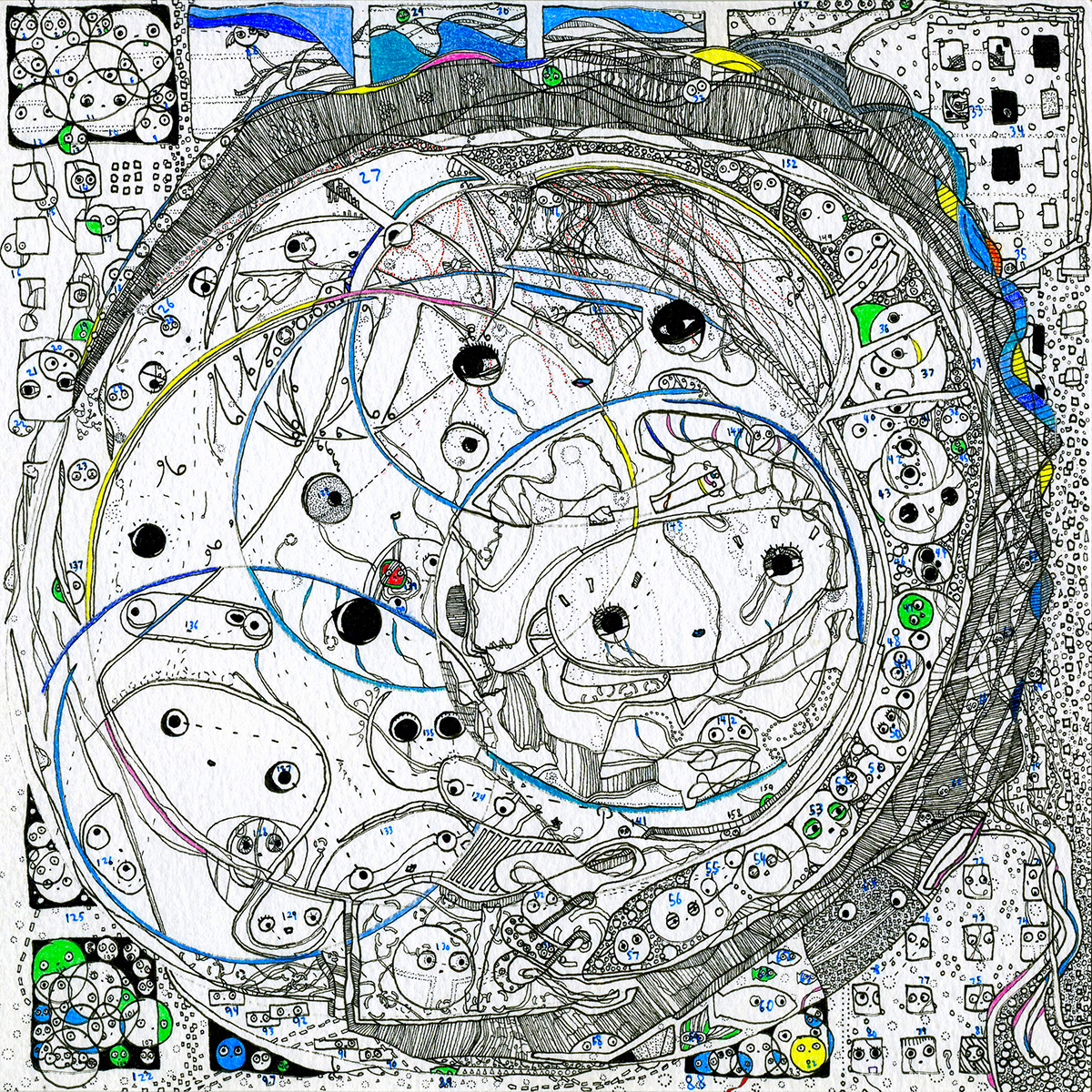
Mandala 8, 2014
